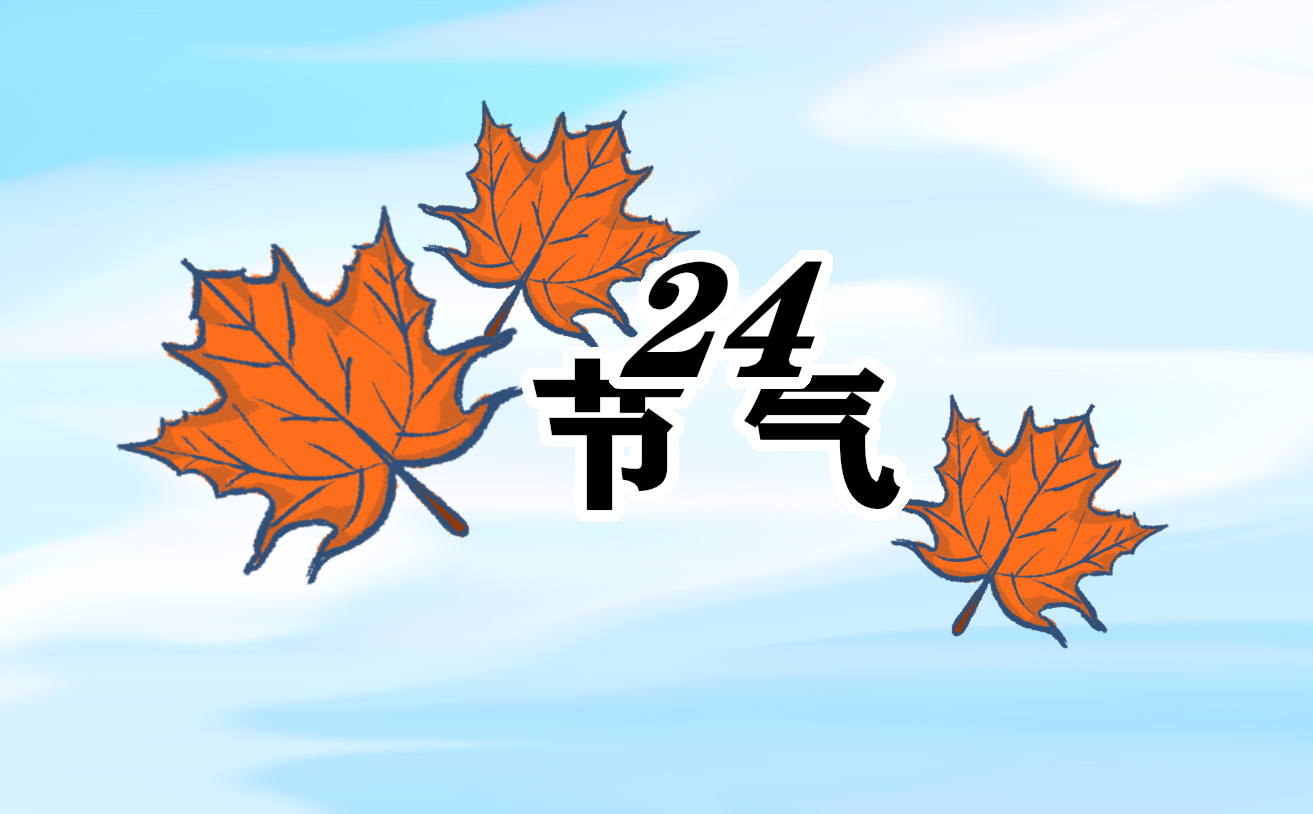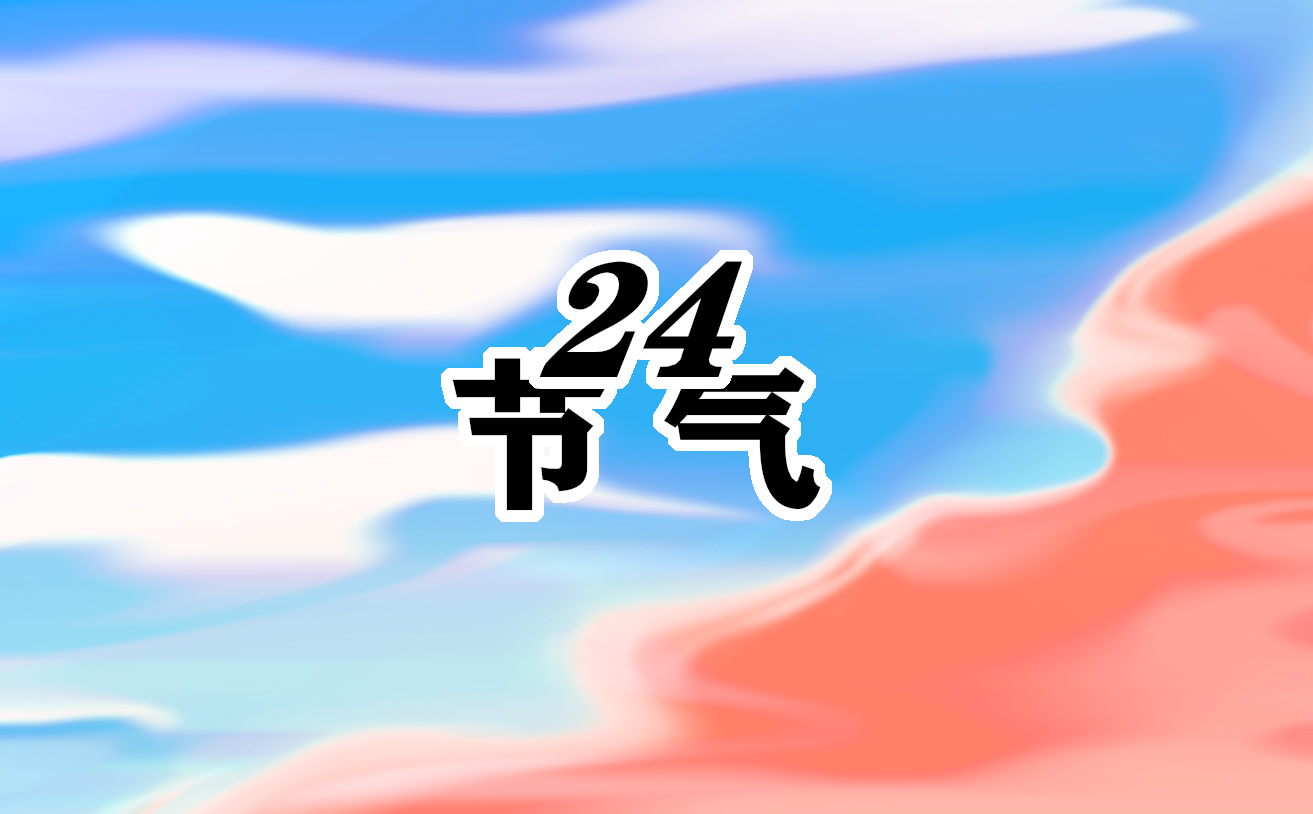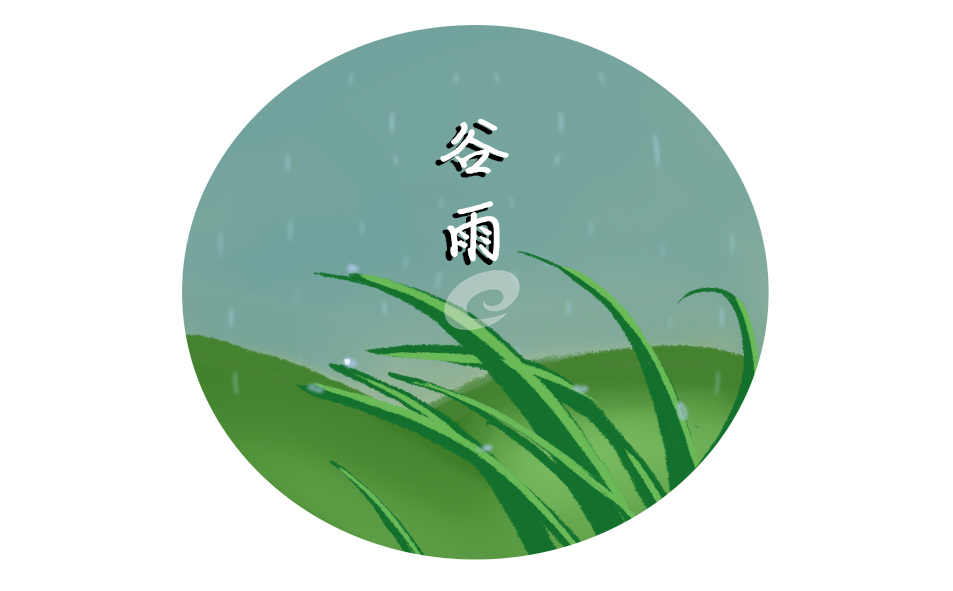小学英语重点知识点总结(精选3篇)
在英语领域里面,正确的语法可以简化信息,简单的一句话就能传达很多信息,甚至包含多重意思,就像双关语一样。下面是小编为大家整理的小学英语重点知识点总结,希望对您有所帮助!
小学英语重点知识点总结(篇1)
There be句型
There be 句型与have, has的区别
1、There be 句型表示:在某地有某物(或人)
2、在there be 句型中,主语是单数,be 动词用is ; 主语是复数,be 动词用are ; 如有几件物品,be 动词根据最近be 动词的那个名词决定。
3、there be 句型的否定句在be 动词后加not , 一般疑问句把be 动词调到句首。
4、there be句型与have(has) 的区别:there be 表示在某地有某物(或人);have(has) 表示某人拥有某物。
5、some 和any 在there be 句型中的运用:some 用于肯定句, any 用于否定句或疑问句。
6、and 和or 在there be句型中的运用:and 用于肯定句, or 用于否定句或疑问句。
7、针对数量提问的特殊疑问句的基本结构是:
How many + 名词复数 + are there + 介词短语?
How much + 不可数名词 + is there + 介词短语?
8、针对主语提问的特殊疑问句的基本结构是:
What’s + 介词短语?
小学英语重点知识点总结(篇2)
一般过去时态:
(1) be 动词的过去式:
I/He/she/it was(not)….
You/we/they were….
一般疑问句was, were 放在句首。
(2) 动词过去式:
肯定句: I watched cartoons.
She visited the zoo.
一般疑问句: Did you read book last night? Yes, I did. No, I didn’t.
Did she clean the desk just now? Yes, she did. No, she didn’t.
否定句: They didn’t go the the part yesterday.
He didn’t make model ships last week.
小学英语重点知识点总结(篇3)
动词:动词的四种时态:
(1)一般现在时:
一般现在时的构成
1. be动词:主语+be(am, is, are)+其它。如: I am a boy. 我是一个男孩。
2. 行为动词:主语+行为动词(+其它)。 如: We study English. 我们学习英语。
当主语为第三人称单数(he, she, it)时,要在动词后加"-s"或"-es"。如:Mary likes Chinese.玛丽喜欢汉语。
动词+s的变化规则
1.一般情况下,直接加-s,如:cook-cooks, milk-milks
2.以s. x. sh. ch. o结尾,加-es,如:guess-guesses, wash-washes, watch-watches, go-goes
3.以“辅音字母+y”结尾,变y为i, 再加-es,如:study-studies
(2)一般过去时:
动词过去式详解 动词的过去式的构成规则有:
A、规则动词
① 一般直接在动词的后面加ed:如 worked , learned , cleaned , visited
② 以e结尾的动词直接加d:如 lived , danced , used
③ 以辅音字母加y结尾的动词要改y为i再加ed(此类动词较少)如 study – studied carry – carried worry – worried (注意play、stay不是辅音字母加y,所以不属于此类)
④ 双写最后一个字母(此类动词较少)如 stopped
B、不规则动词(此类词并无规则,须熟记)小学阶段要记住以下动词的原形和过去式:sing – sang , eat – ate ,
see – saw , have – had , do – did , go – went , take – took , buy – bought , get – got , read – read ,fly – flew , am/is – was ,
are – were , say – said , leave – left , swim – swam , tell – told , draw – drew , come – came , lose – lost , find – found , drink – drank , hurt – hurt , feel – felt
(3)一般将来时:
基本结构:
①be going to + do;
②will+ do. be going to = will
I am going to go swimming tomorrow(明天). = I will go swimming tomorrow.
(4)现在进行时: am,is,are+动词现在分词
动词现在分词详解 动词的ing形式的构成规则:
① 一般的直接在后面加上ing , 如doing , going , working , singing , eating
② 以e 结尾的动词,要先去e再加ing ,如having , writing
③ 双写最后一个字母的(此类动词极少)有:running , swimming , sitting , getting






 扫一扫支付
扫一扫支付


